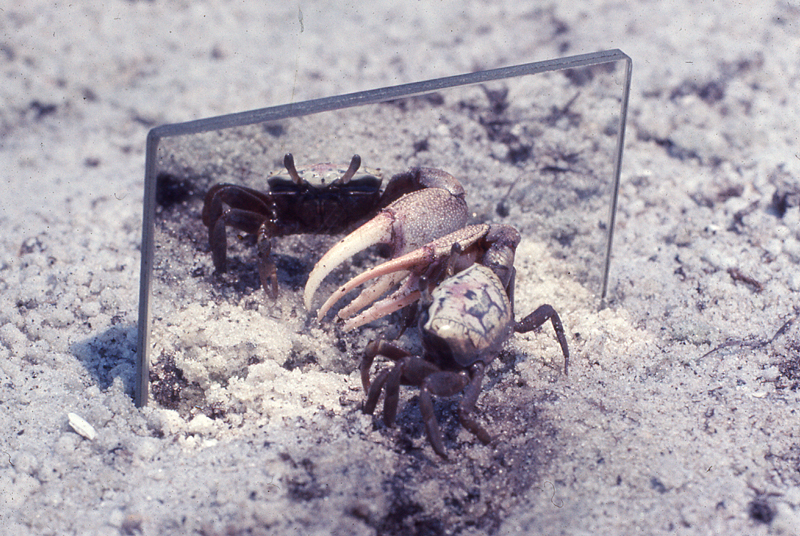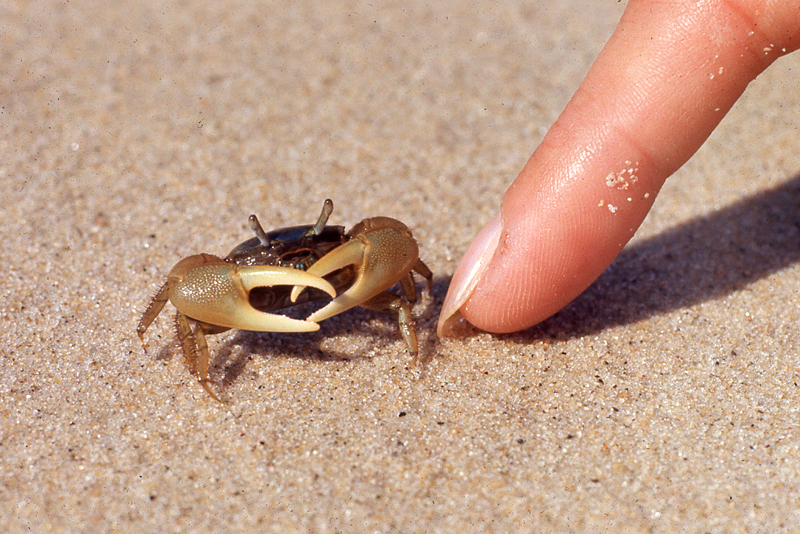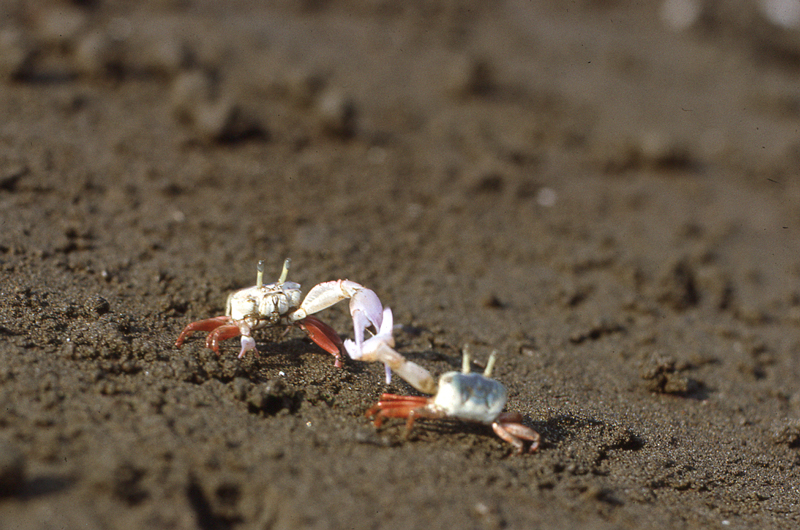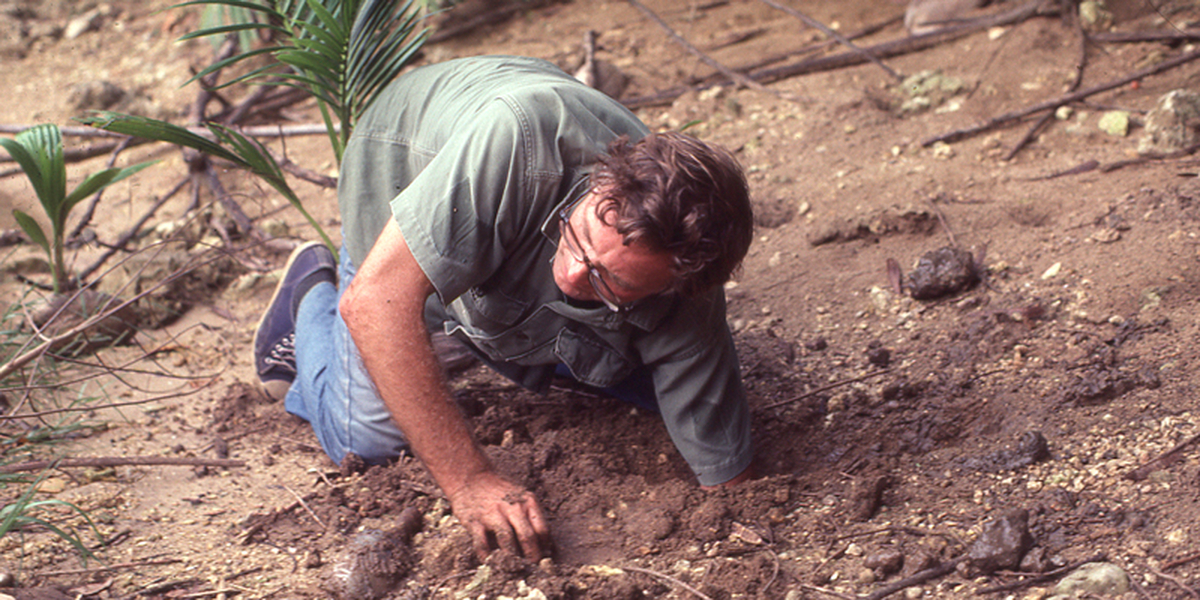
Frank Barnwell has made his way to some remote corners of the planet on a quest to collect a very particular group of beach dwelling crabs. Over nearly 40 years, he amassed 14,000 individual specimens of fiddler crabs, representing 84 out of the 106 species recognized in the world. Barnwell traveled to the coast of northern Brazil near the mouth of the Amazon River, distant islands of the western Pacific Ocean, the Philippines, and Indonesia, and to the shores of East Africa to track down the distinctive crabs. Now, that collection has been donated to the American Museum of Natural History in New York City.
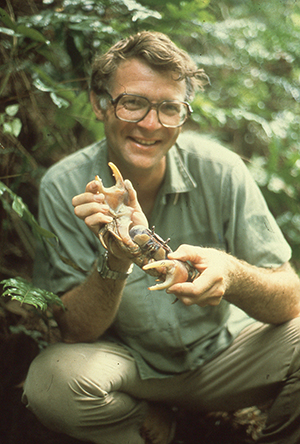
Barnwell’s interest in fiddler crabs started back in his own days as a student at Northwestern University where he earned undergraduate and Ph.D. degrees. As a research assistant with Professor Frank Brown, a leader in the study of circadian rhythms, he worked at the Marine Biological Laboratory at Woods Hole, Massachusetts, where one of his duties was to collect crabs from nearby tidal salt marshes. He became fascinated by the way the crabs’ internal “clocks” followed both circadian rhythms and those of the local tides.
“I appreciate the variations in the ways they’ve adapted to particular tidal conditions, wherever they are in the world,” Barnwell says. “Those that live higher on the shore can breathe air more effectively, for example, while others living lower on the shore can tolerate more time in underwater burrows during high tides.”
Over the years, Barnwell, a longtime professor in the Department of Ecology, Evolution, and Behavior, led many student groups on Spring Break trips to marine research facilities, giving students their first taste of marine biology research in action. Seeing the value of those immersive experiences, he established the Frank & Adrienne Barnwell Scholarship for Marine and Tropical Field Station Courses.
When he retired in 2008, Barnwell had no firm plans for the collection. A former student, Carl Thurman -- now a professor of biology at the University of Northern Iowa -- approached curators at the American Museum of Natural History with the idea of donating the collection, “He took it upon himself to get my collection organized and ready to donate,” Barnwell says.
Thurman worked with four undergraduate students, who called themselves “Team Crab,” traveling to the University of Minnesota this summer to sort, rebottle and relabel all the specimens. They loaded the collection in a van and drove across the country. Barnwell met them at the museum, where staff began transferring the collection onto museum shelves.
“The next step is for the specimens to be digitized and added to the museum’s permanent holding,” Barnwell says. “They’ll be available online so that anyone in the world can find any of the specimens and can compare it to ones they have. That’s the way they’ll be able to understand if they’ve encountered a new species.”
“Due to the time and effort put into collecting these crabs, the collection is a biological asset of immeasurable value,” Thurman said in an article for his university. “Land crabs are bio-indicators of environmental health. Because each species is specialized and occupies a specific niche, they indicate changes in the habitat that might not be detected by the human eye alone.”
Always the educator, Barnwell was especially pleased at the opportunity the experience presented for the group of undergraduates. “They were able to work in an internationally renowned museum, to see the discipline involved, and to appreciate what goes into a collection of that scope. It was an amazing opportunity, and now it’s part of their background,” he says.
